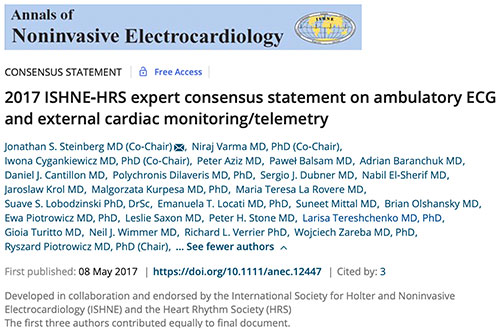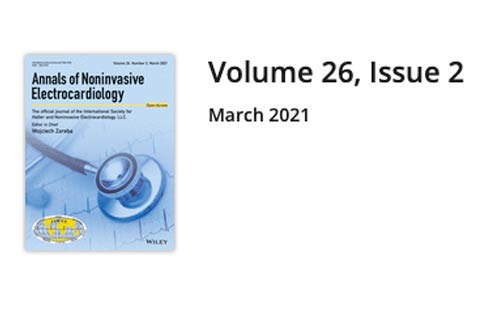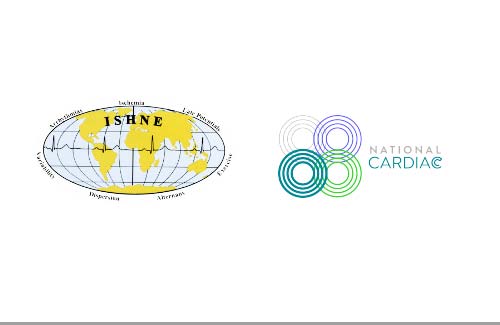Another case report.
Case report - English version
I. Anamnesis
- Identification: Male, 58 years old.
- Main complaint: retrosternal pain oppressive non-irradiated and associated cold sweating and syncope.
- Personal pathological history: hypertension in irregular treatment.
- Family history: a brother died suddenly with only two years and two first cousins had death from cardiac arrhythmia. Cause?
II. physical examination
Physical examination with cold extremities; PA = 100 / 60mmHg. A. Heart: regular heart rate to 180 bpm HR =
Her lungs were clear. Poorly perfused ends.
ECG1 and ECG2 performed on admission (Figures 1 and 2). ECG3 amiodarone performed after IV infusion (Figure 3).
Questions:
- Which is the ECG1, ECG2 and ECG3 diagnosis?
- Which is the clinical diagnosis?
Reporte de caso - Portuguese
I. Anamnese
- Identificação: Paciente masculino de 58 anos.
- Queixa principal: dor retroesternal de caráter opressivo, não irradiado e associado a sudorese fria e síncope.
- Antecedentes pessoais patológicos: hipertensão arterial em tratamento irregular.
- Antecedentes familiares: um irmão teve morte súbita com apenas 2 anos e 2 primos de primeiro grau tiveram morte por arritmia cardíaca. Causa?
II. Exame físico
Ao exame físico com extremidades frias; PA=100/60mmHg.
A. cardíaca: ritmo cardíaco regular com FC = 180bpm
Pulmões limpos. Extremidades mal perfundidas.
ECG1 e ECG2 realizados na admissão (figuras 1 e 2).
ECG3 realizado após infusão de amiodarona EV (figura 3).
Perguntas:
- Qual o diagnóstico dos ECG 1-2-3?
- Qual o diagóstico clínico?



Colleagues’ opinions
By: Prof Bernard Belhassen, Israel
I have to recognize that I have no problem with the ECG diagnosis of this irregular wide QRS tachycardia. This is a VT.
The most interesting issues are:
- is there any cardiac disease behind it.
- is there any relationship with the familial story of sudden death.
Before cardiac work up including exercise ECG, echocardiogram, coronary angiography and MRI are performed, almost all the textbook pathology can be considered. Of course since the patient is not living in Israel but in South America, I would certainly think to CHAGAS disease first.
By: Adrian Baranchuk, M.D. FACC FRCPC
Hi It seems monomorphic VT in the context of an anterior MI more likely proximal to middle third of LAD.
VT originates in the Infero-lateral aspect of the LV. The strong family history of sudden death suggest the possibility of other diagnosis than CAD, and in this sense, imaging would help to determine the presence of structural heart disease such as apical HCM, or other rare forms of cardiomyopathy. By the electrical presentation alone, is not much what I can say: no QT prolongation, no Brugada, no evidence of CPVT.
So I am expecting something rather curious in the images requested, let's see...
By: Melvin Scheinman
Looks like acute antero lateral MI probably due to LAD occlusion with V. flutter from infer,lateral apical LV.Hard to correlate with other sudden deaths in family do they have familial hypercholestrolemia?





